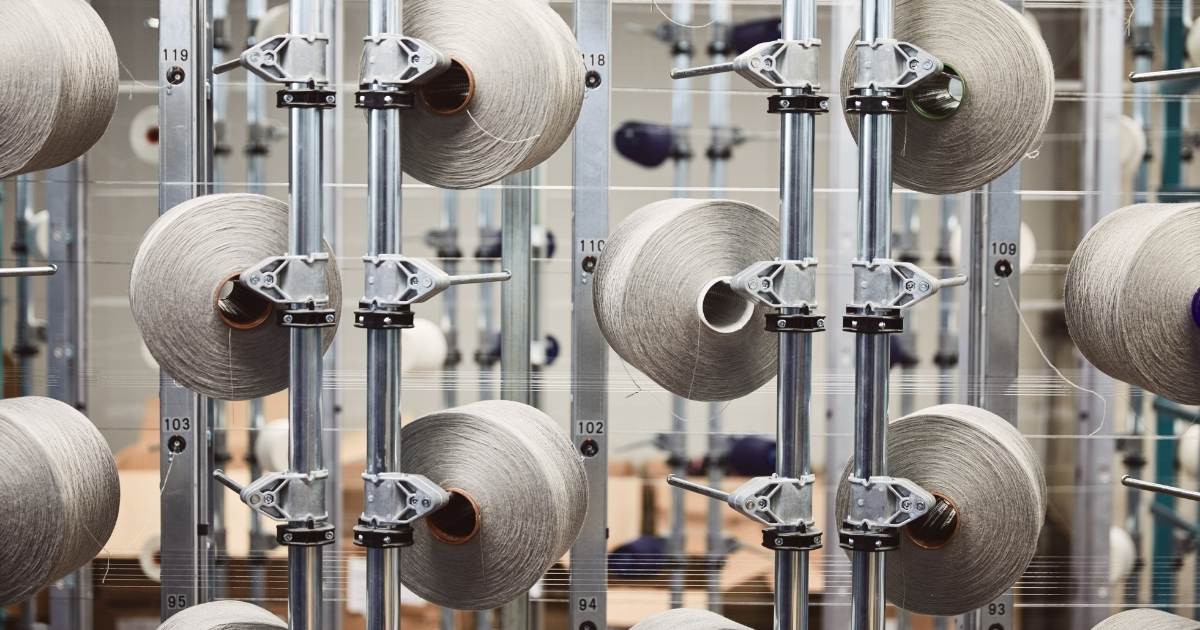Is it worth it if it's worth that much?
When you buy a car, you can try to save, invest or settle for a happy medium. No option is bad, but individual journeys are diametrically opposed. Quality goes up with price, and it doesn't necessarily have to apply to cars. Let's tell it like it is then.
What we know and what we are wrong about - the weight of bed linen
Many people choose their bedding based on its weight. As well as when selecting towels, tea towels, sheets, blankets, pillows and more. The indication of weights for products is confusing for most customers because they believe that this is the main comparative parameter for the quality of the goods.
But higher weight does not necessarily mean higher quality!

The following are important for determining the quality of the bed linen:
- cotton variety, quality, fibre length (carded or combed cotton)
- the method of processing the roving
- fineness of the yarn
- weaving technology
- number of turns on the thread
- weaving density
- calendering finishing technology
- merceration
- sanforisation
- adjustments
- type of colours and printing
- quality of sewing and more.
Do these terms make your head spin? Hopefully, it'll reassure you that you don't have to remember them. We will try to explain what is really important when choosing bed linen so that you can evaluate it for yourself.
Each of these processes can be manipulated and has an impact on price and quality.
Truly high-quality bed linen is made of yarn with long and thin fibres which, despite their low weight, ensure a high density of fibres per square centimetre. Thanks to this, a higher strength of the linen is achieved and its shrinkage or damage is minimised.
It is often said that the higher the weft rate (i.e. the number of warp or weft threads per unit length (per cm or per 10 cm), the better the quality of the linen.
As customers, we've been taught to equate high numbers with luxury, and we've mostly accepted that as fact - after all, we need some way to measure quality. However, retailers quite often "experiment" with these figures and as a result they have no meaningful value.
What does thread count mean when speaking about bed linen?
By definition, the thread count is simple: It is the number of threads woven into one square centimetre of fabric. In reality, however, it is far from that simple. Only a certain number of threads can physically fit into a certain space. For bedding, the maximum number is around 400.
This means that if you see bedding sets that list the now omnipresent 600, 800 or 1000 or more threads, the manufacturer must have been very creative to achieve that number.
One of the most common methods is to account for individual sources.
A note on fabric construction: each thread is made up of individual threads that are twisted into a strand. When two strands are twisted together, it is a two-stranded thread, with three strands it is a three-stranded thread and so on.
Some manufacturers choose to count each filament separately, easily doubling or tripling the thread count - and thus the price.
However, this has little effect on the actual quality of the fabric. Other times, they may use thinner fibres to increase the thread count, which can shorten the life of the linen without increasing its comfort.What to focus on when buying bed linen?
The thread count is only one of the characteristics of bed linen and does not indicate the quality of the cotton from which the fibres are woven or its finish - two attributes that can significantly affect the quality and comfort level of your sleep.
Fibre composition
One of the properties that matters more than the thread count is the fibre composition. Linen with a 400 thread count made from high quality fibres can be softer to the touch and last longer than linen with a higher thread count made from lower quality fibres. Although manufacturers can use a wide range of materials, including polyester, natural fibres such as cotton and linen are the most breathable, ensuring you are at your most comfortable when you sleep.
Surface finish
In an effort to help the linen retain its shape and prevent wrinkling, many manufacturers treat their sheets with chemical treatments, including chlorine and formaldehyde. However, this process exposes the shopper to these toxins every night and can irritate sensitive skin.
Our bedding is Öeko-Tex certified, which means you can be sure that your bedding is made responsibly without harmful substances such as heavy metals or formaldehyde.
So, how then? Therefore, if the size and weight are irrelevant, what should we focus on when purchasing bed linen?
We recommend that people think about what sensation they prefer on their skin. Some like like a cool and fresh feeling,, while others like their bedding super soft and smooth.
Now, define the feeling that lures you to bed each night and wakes you up in the morning feeling refreshed and rejuvenated. You spend a third of your life in bed. Every moment should be such that it offers you the feeling you are looking for.
